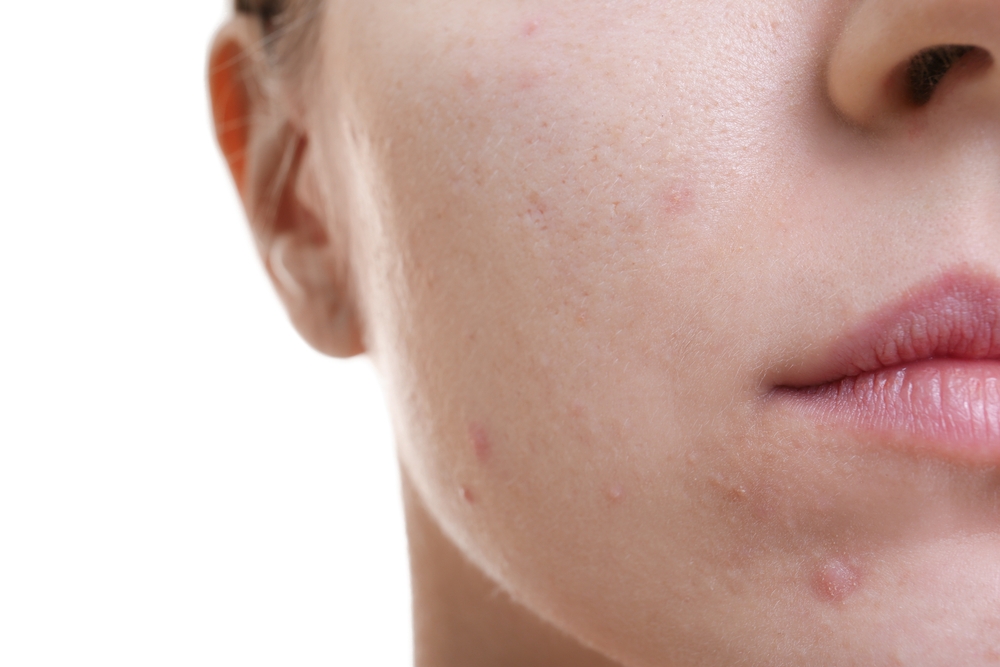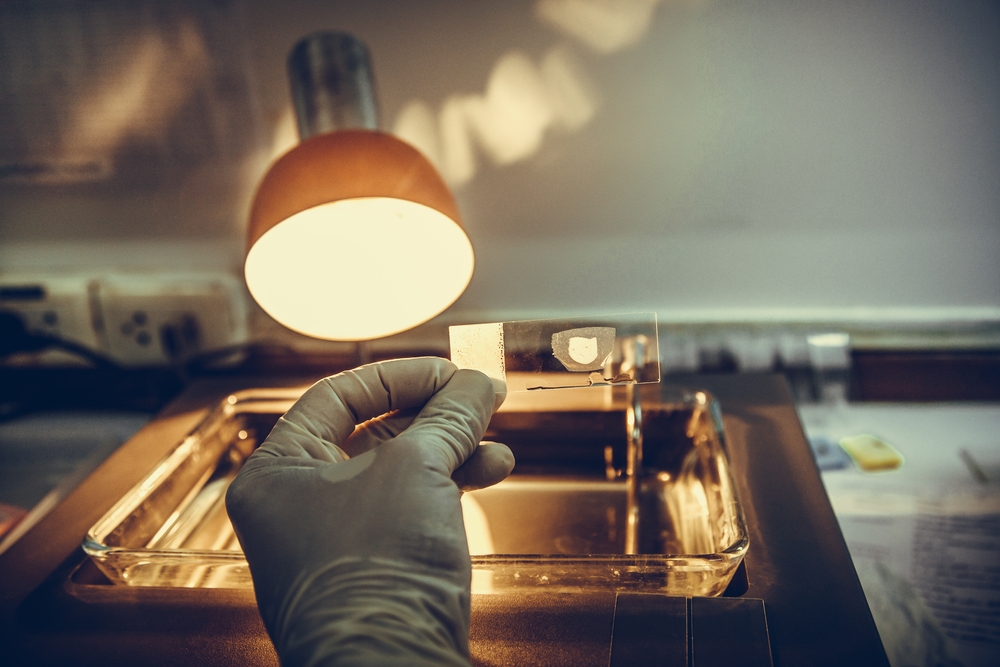When red [acne] appears on the face, acne may be the first thing that many people think of.
It is true that acne is more common among skin diseases characterized by red acne. However, besides acne, some other skin problems have similar symptoms.
If you mistake other problems for acne and then buy the so-called “acne removal products” to treat them, it may make the treatment effect unsatisfactory and even aggravate the symptoms.
Let’s talk about which diseases are easily confused with acne and how we should distinguish them.
First, this is acne
According to different symptoms, acne can be generally divided into acne type, papular pustule type and nodular cyst type.
Acne is mild acne.
It is usually a small bulge of skin color, also called [silent]. If there is a black spot in the middle, it can be called [blackhead].
Acne may gradually become small red pimples, or small pustules, or may further become nodules or cysts.
Papular pustular acne can be divided into mild and moderate, usually accompanied by acne.
Nodular cyst type is often severe acne, usually accompanied by papular pustular acne symptoms.

Second, how to distinguish acne from rose acne
Rose acne is a skin problem that may be confused with acne. It is essentially an impairment of skin barrier function.
There are many reasons for skin barrier function damage, such as excessive skin care, excessive use of facial mask, long-term external use of hormone drugs, etc. Some people may have genetic constitution of barrier function damage.
The biggest difference with acne is that rose acne has no acne, and its early manifestations are repeated redness, burning or red blood streaks on the face.
If scientific treatment is not carried out in time, red pimples or pustules may appear on the face over time. This symptom is similar to acne and may be mistaken for acne.
However, the papules and pustules of acne are centered on hair follicles, while the papules and pustules of rose acne are not.
Judging from the location of the occurrence, rose acne is more likely to be distributed in the central position of the face. Acne may appear red pimples in various positions on the face, including forehead and chin.
Rose acne and acne may occur with each other, which requires a comprehensive judgment by a professional dermatologist.

Three, how to distinguish acne and folliculitis
Folliculitis is an infectious skin problem, which can be divided into bacterial folliculitis and fungal folliculitis. The former is also called bacterial folliculitis, while the latter can be called Malassezia folliculitis.
The typical manifestation of folliculitis is also red pimples, which are sometimes similar to acne in appearance.
The difference with acne is mainly in two aspects:
The first is the rash form. Folliculitis rash form is single, basically all red pimples, will not appear acne. Acne is acne at the beginning, and is often acne, red pimples, pustules and other forms of rash exist at the same time.
The second is where it occurs. Folliculitis usually occurs in the chest, back or scalp. Acne is more likely to occur on the face.
There is also the possibility of acne on the chest and back, which requires the comprehensive judgment of doctors, and sometimes it may be necessary to use examination to judge whether it is caused by bacterial infection or fungal infection.
Four, how to distinguish acne and facial disseminated lupus miliary
Facial disseminated lupus miliaris is a relatively rare skin problem. The cause of this condition is still unclear and is under study.
Some people think that it may be an immune response induced by tuberculosis infection, and others think that it is essentially a special type of rose acne, but this has not been confirmed by medical research.
The typical manifestation of facial disseminated lupus miliae is also red pimples, similar to papular pustular acne and papular pustular rose acne. It is not easy to distinguish accurately from pimples.
It is mainly distinguished from acne by the presence or absence of acne. Facial disseminated lupus miliae does not have acne symptoms, and it is more common at the lower eyelid margin, which can also help to distinguish.
Compared with rose acne, facial disseminated lupus miliae is usually not accompanied by barrier function damage, and there are no red blood streaks and redness symptoms in the early stage.
When it is especially difficult to distinguish accurately, doctors may also use histopathological examination to make distinguishing judgments.

Histopathological examination method is to cut a small amount of rash by minor surgery, and then observe the cell morphology and distribution under a microscope, which is helpful for accurate judgment.
There are many skin problems manifested by red pimples, not just acne. These skin problems are different in the medication and emphasis of treatment. Accurate distinction is very important for accurate treatment.
Therefore, when red pimples appear, don’t treat them all as acne. When you are not sure, it is recommended to consult a dermatologist in time and make diagnosis and treatment under the guidance of the doctor.
